The 15 most incredible places to visit in Canada
[ad_1]
Canada has it all. Quite literally. The world’s second-biggest nation is home to hulking mountains, lakes as large as countries, an Arctic archipelago, a vast network of national parks – even its very own desert.
Encapsulating the very notion of the Great Outdoors, visitors could spend months gawking at big skies, ancient evergreens and canyons so deep that a stack of 12 double-decker buses wouldn’t reach the top. Even Canada’s beaches will set off the jealousy-meter.
So what to see? Whales, polar bears, moose? Choice musicians, culinary magicians, indigenous villages, Inuit art? The options are endless, but that’s why we’re here. These are the 15 best places to visit in Canada.
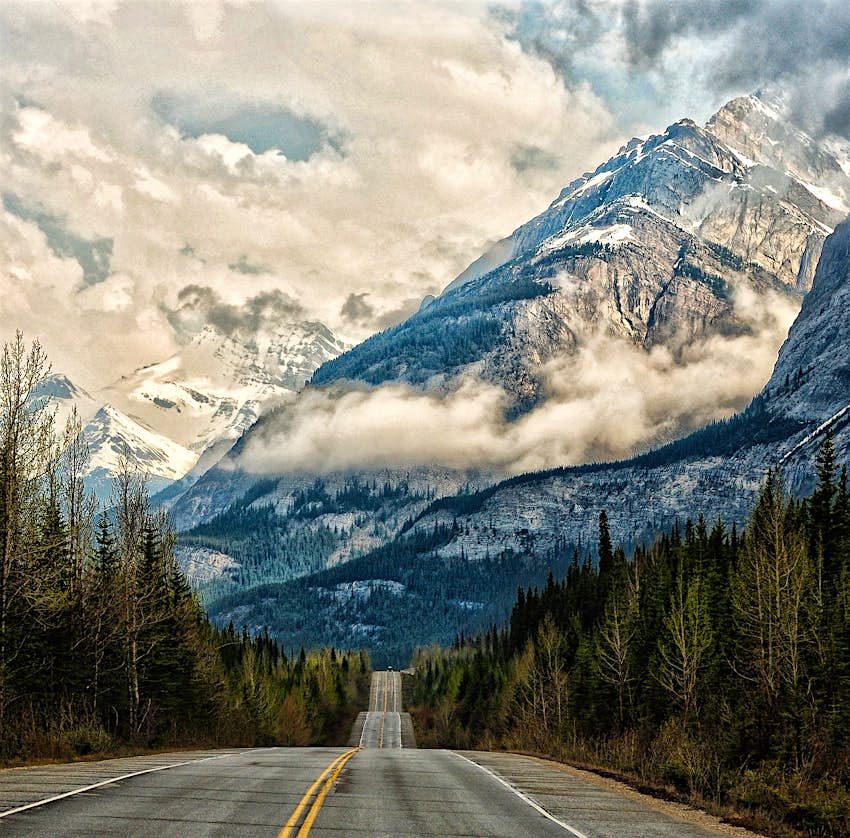
1. The Rockies
Best for mountain views and wildlife spotting
The sawtooth, white-topped mountains straddling the British Columbia–Alberta border inspire both awe and action. Five national parks – Banff, Yoho, Kootenay, Waterton Lakes and Jasper – offer countless opportunities to delve into the lush wilderness, with ribbons of hiking trails, rushing white water and powdery ski slopes.
The train provides another popular way to experience the grandeur: luminous lakes, jumbles of wildflowers and glistening glaciers glide by as the steel cars chug up mountain passes and down river valleys en route to points east or west.
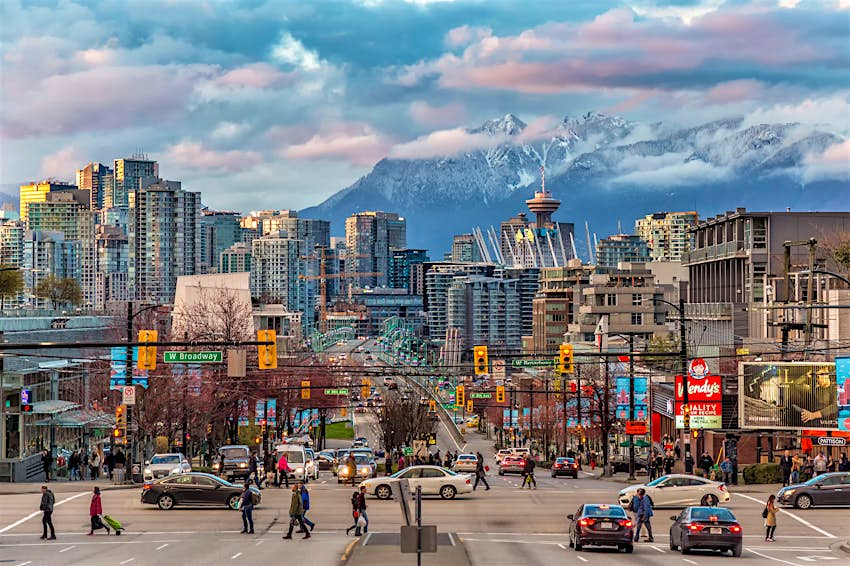
2. Vancouver
Best for culture
Vancouver always lands near the top of the « best places to live » lists, and who’s to argue? Sea-to-sky beauty surrounds the laid-back, cocktail-lovin’ metropolis. With skiable mountains on the outskirts, beaches fringing the core and Stanley Park’s thick rainforest just blocks from downtown’s glass skyscrapers, it’s a harmonic convergence of city and nature.
It also mixes Hollywood chic (many movies are filmed here) with a freewheeling counterculture edge (there’s a popular nude beach) and some buzzing multicultural communities.
Get more travel inspiration, tips and exclusive offers sent straight to your inbox with our weekly newsletter.

3. Niagara Falls
Best for a classic travel experience
Crowded? Cheesy? Well, yes. Niagara is short, too – it doesn’t even crack the top 500 worldwide for height. But c’mon, when those great muscular bands of water arc over the precipice like liquid glass, roaring into the void below, and when you sail toward it in a mist-shrouded little boat, Niagara Falls impresses big time.
In terms of sheer volume, nowhere in North America beats its thundering cascade, with more than one million bathtubs of water plummeting over the edge every second.
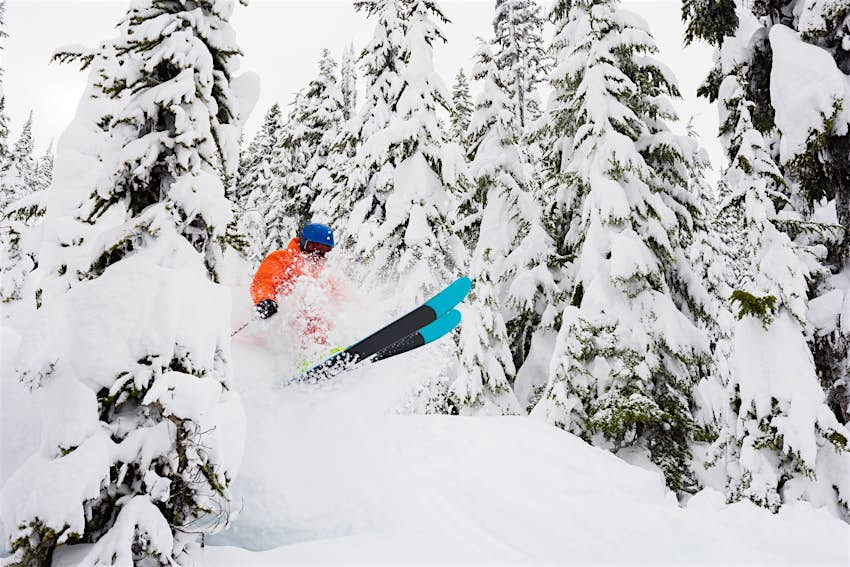
4. Whistler
Best place to ski in Canada
Named for the furry marmots that populate the area and whistle like deflating balloons, this gabled alpine village and 2010 Olympics venue is one of the world’s largest, best-equipped and most popular ski resorts. Colonizing two mountains – Whistler and Blackcomb – and lying a mere 90 minutes north of Vancouver, the Village, which dates from the late 1970s, is a poster child for attractive design with nary an ugly building or piece of litter to pierce the natural beauty.
Skiing may be Whistler’s raison d’être, but these days summer visitors with their BMXs and SUPs outnumber their ski-season equivalents. Adding more diversity, the resort has recently developed an art scene worthy of a small European city. The caveat? Whistler is busy (2.3 million visitors a year) and expensive. For a quieter, more economical experience, be selective with your dates and don’t follow the herd.
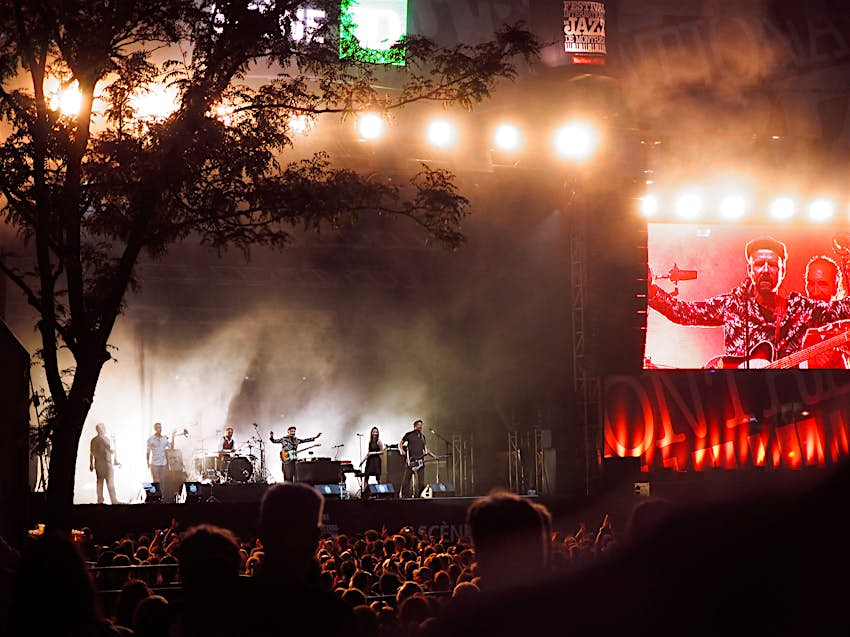
5. Montréal Jazz Festival
Best festival
Where else can you join more than two million calm, respectful music lovers and watch the best jazz-influenced musicians in the world, choosing from 500 shows, of which countless are free? Only in Montréal, Canada’s second-largest city and its cultural heart.
BB King, Prince and Astor Piazzolla are among those who’ve plugged in at the 11-day, late-June Montréal Jazz Festival. You might want to join them after your free drumming lesson and street-side jam session. The good times roll 24/7.
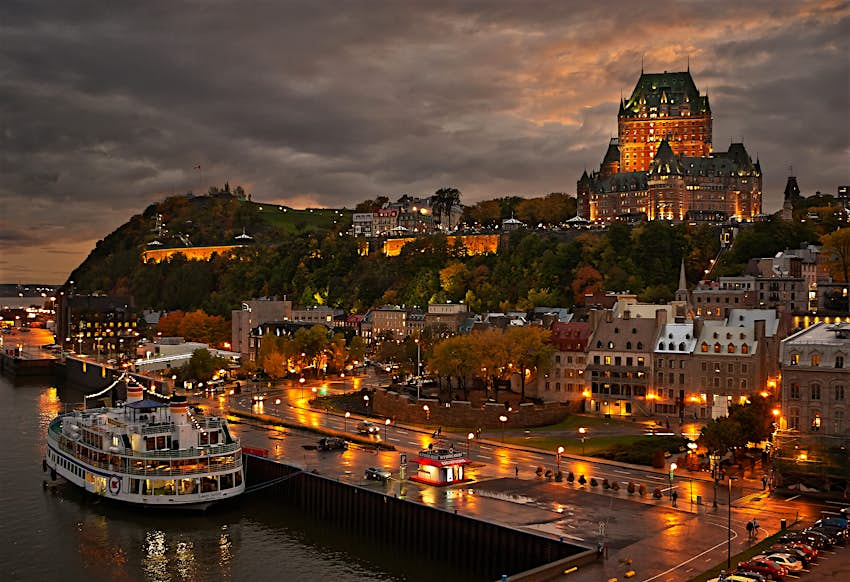
6. Old Québec City
Best place to visit in Canada for couples
Québec’s capital is more than 400 years old, and its ancient stone walls, glinting spired cathedrals and jazz-filled corner cafes suffuse it with atmosphere, romance, melancholy, eccentricity and intrigue on par with any European city. The best way to soak it all up is to walk the old town’s labyrinth of lanes and get lost amid the street performers and cozy inns, stopping every so often for a café au lait and flaky pastry.
It’s also home to Québec’s honeymoon highway, Rte 132. Circling the Gaspé Peninsula, this road whisks puppy-eyed couples past the sea and the mountain with joie de vivre and more than 700,000 people tear down the tarmac each summer. Of course, it has yet to approach the romantic popularity of Canada’s « Honeymoon Capital, » Niagara Falls, a region that draws more than 14 million annual visitors. But head for the La Gaspésie, instead, young lovers. Because if you’re on your honeymoon, you don’t need 14 million other people hanging around.

7. Toronto
Best for multicultural experiences
A hyperactive stew of cultures and neighborhoods, Toronto strikes you with sheer urban awe. Will you have dinner in Chinatown or Greektown? Five-star fusion or a peameal bacon sandwich?
In Ontario’s cool capital, designer shoes from Bloor-Yorkville are accessorized with tattoos in Queen West, while mod-art galleries, theater par excellence, rockin’ band rooms and hockey mania add to the megalopolis. It is far and away Canada’s largest city, as well as its most diverse – about half of its residents were born in another country.

8. Vancouver Island
Best for English sensibility and raw natural wonder
Can a place really « have it all? » Yes, if it’s Vancouver Island. Picture-postcard Victoria is the island’s heart, beating with bohemian shops, wood-floored coffee bars and a tea-soaked English past.
Brooding Pacific Rim National Park Reserve sports the West Coast Trail, where the wind-bashed ocean meets a mist-shrouded wilderness, and surfers line up for Tofino’s waves. Then there’s the Cowichan Valley, studded with welcoming little farms and boutique wineries, prime for wandering foodies.
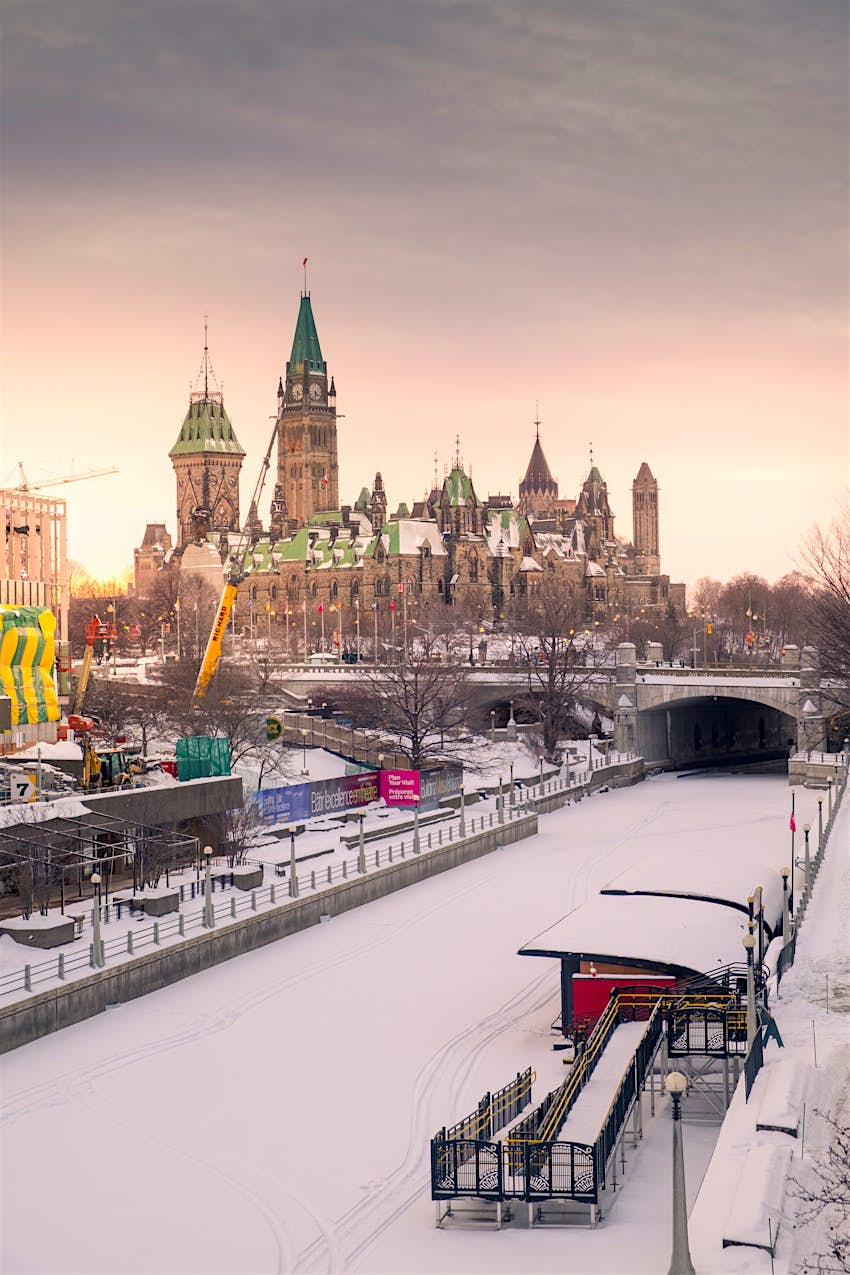
9. Rideau Canal
Best for ice skating
This 185-year-old, 200km-long (124 miles) waterway – consisting of canals, rivers and lakes – connects Ottawa and Kingston via 47 locks. It’s at its finest in wintry Ottawa, when it becomes the world’s largest skating rink.
People swoosh by on the 7.8km (4.8 miles) of groomed ice, pausing for hot chocolate and scrumptious slabs of fried dough called beavertails. February’s Winterlude festival kicks it up a notch when townsfolk build massive ice sculptures. Once it thaws, the canal becomes a boater’s paradise.
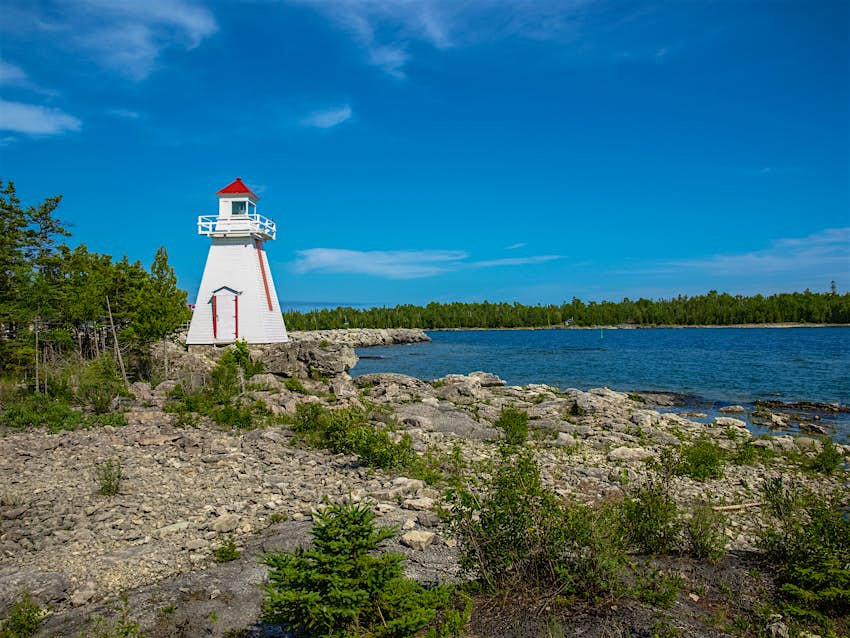
10. Manitoulin Island
Best place in Canada for sustainable travel
The largest freshwater island in the world, floating right in Lake Huron’s midst, Manitoulin is a slowpoke place of beaches and summery cottages. Jagged expanses of white quartzite and granite outcroppings edge the shoreline and lead to shimmering vistas.
First Nations culture pervades, and the island’s eight communities collaborate to offer local foods (wild rice, corn soup) and eco-adventures (canoeing, horseback riding, hiking). Powwows add drumming, dancing and storytelling to the mix.
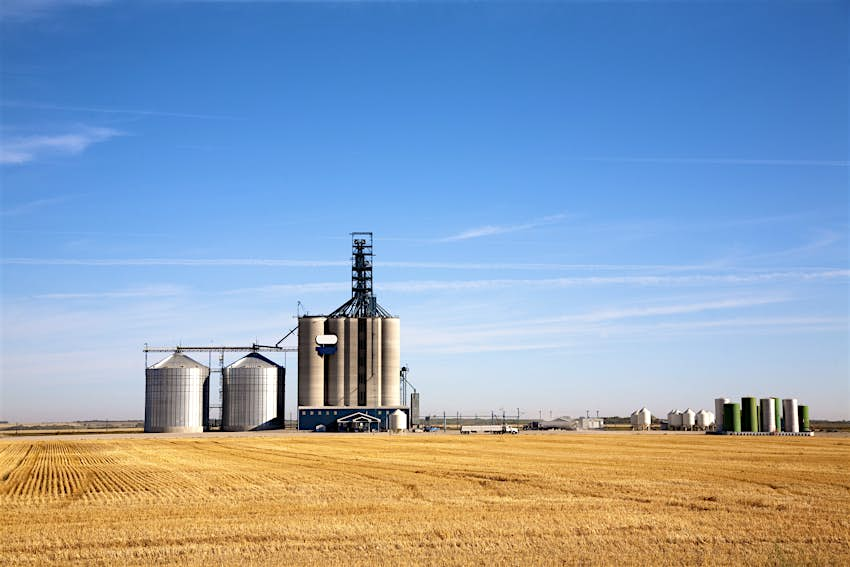
11. The Prairies
Best for road trips through golden fields
Solitude reigns in Canada’s middle ground. Driving through the flatlands of Manitoba and Saskatchewan turns up uninterrupted fields of golden wheat that stretch to the horizon, eventually melting into the sunshine. When the wind blows, the wheat sways like waves on the ocean, punctuated by the occasional grain elevator rising up like a tall ship.
Big skies mean big storms that drop like an anvil, visible on the skyline for miles. Far-flung towns include arty Winnipeg, boozy Moose Jaw and Mountie-filled Regina, interspersed with Ukrainian and Scandinavian villages.
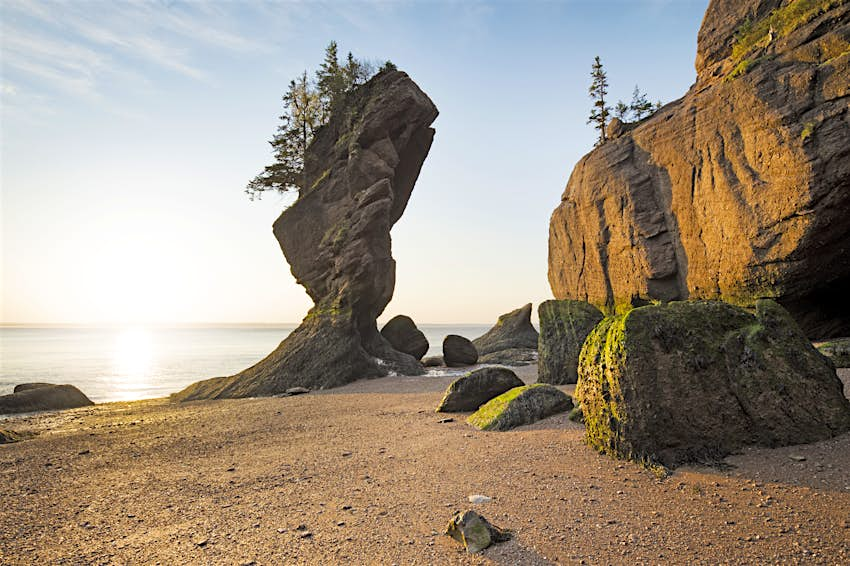
12. Bay of Fundy
Best for one-of-a-kind natural phenomena
This ain’t your average Canadian bay, though lighthouses, boats and trawlers, fishing villages and other maritime scenery surround it, with frequent landward sightings of deer and moose. The unique geography of Fundy results in the most extreme tides in the world, reaching 16m (56ft), about the height of a five-story building.
They stir up serious whale food, with krill and other plankton attracting fin, humpback and blue whales here to feast, as well as endangered North Atlantic right whales, making a whale-watch here an extraordinary must-do.
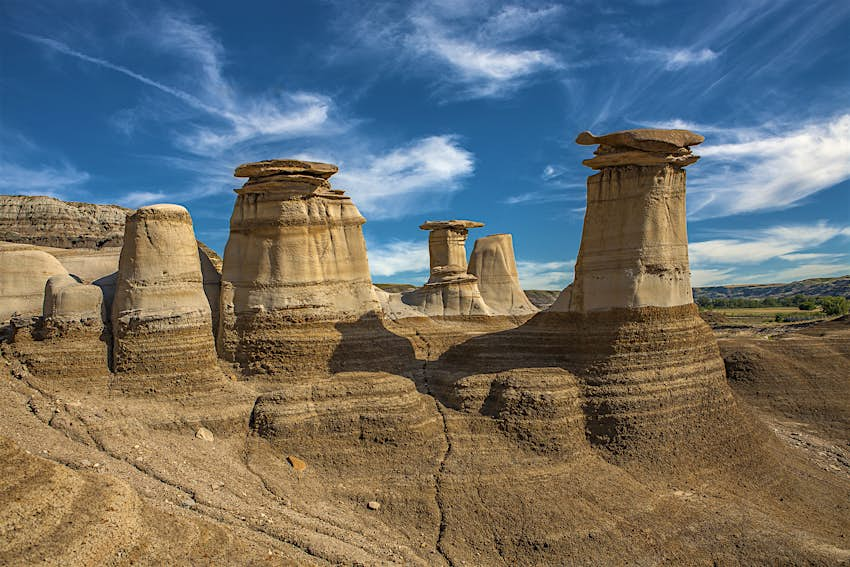
13. Drumheller
Best for dinosaur lovers
Dinosaur lovers get weak-kneed in dust-blown Drumheller, where paleontological civic pride runs high thanks to the Royal Tyrrell Museum, one of the planet’s pre-eminent fossil collections.
The world’s largest dinosaur is here, too – a big, scary, fiberglass T-rex that visitors can climb and peer out of (through its mouth). Beyond the dino-hoopla, the area offers classic Badlands scenery and eerie, mushroom-like rock columns called hoodoos. Scenic driving loops take you past the good stuff.
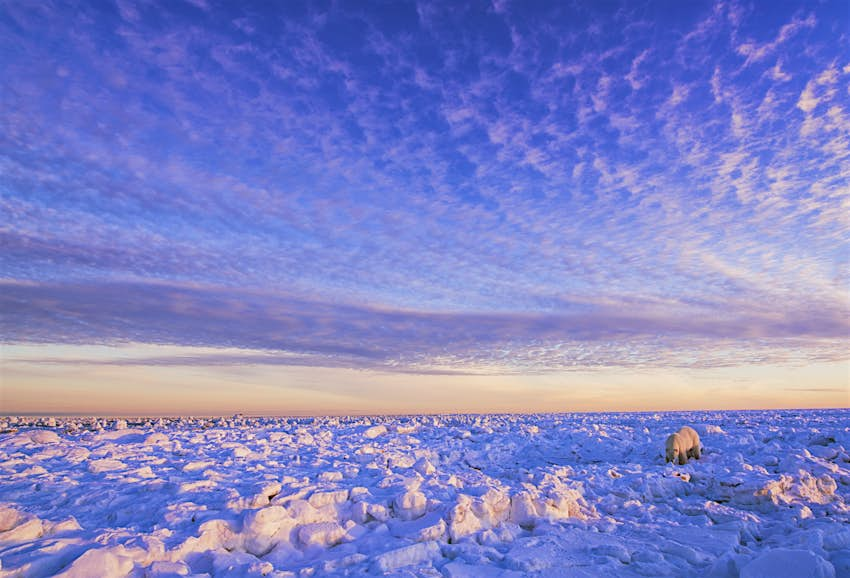
14. Churchill
The best for polar bear encounters
The first polar bear you see up close takes your breath away. Immediately forgotten are the two bum-numbing days on the train that took you beyond the tree zone onto the tundra, to the very edge of Hudson Bay. Churchill is the lone outpost here, and it happens to be right in the bears’ migration path.
From late September to early November, tundra vehicles head out in search of the razor-clawed beasts, sometimes getting you close enough to lock eyes. Summer lets you kayak or stand-up paddleboard with beluga whales.
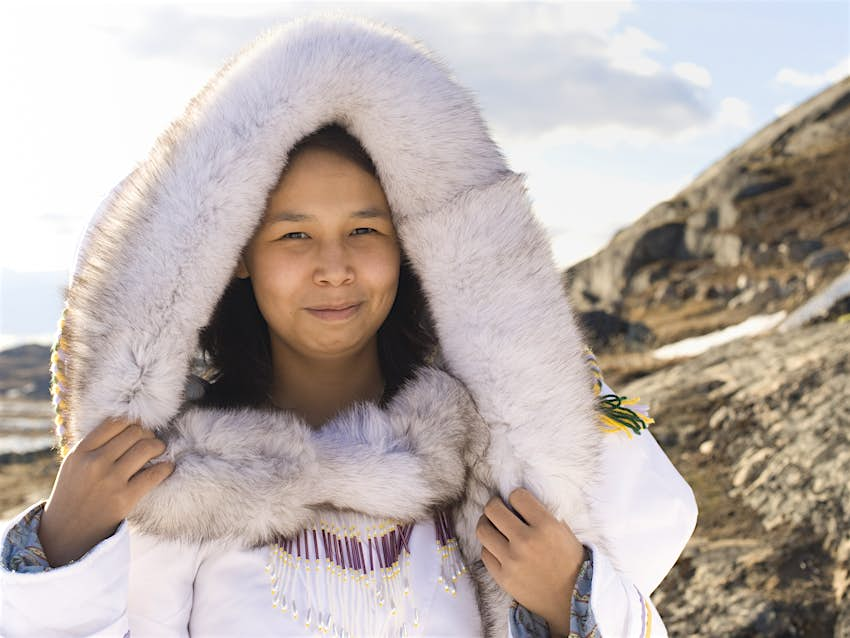
15. Baffin
Best for Inuit art and incredible landscapes
The forlorn, brutal landscape of the Inuit, Baffin is home to cloud-scraping mountains and a third of Nunavut’s population. The island’s crown jewel is Auyuittuq National Park – whose name means « the land that never melts » – and indeed glaciers, fjords and vertiginous cliffs fill the eastern expanse.
The park is a siren call for hardcore hikers and climbers, and more than a few polar bears. Baffin is also a center for Inuit art; studios for high-quality carving, printmaking and weaving pop up in many wee towns.
You might also like:
This article was first published on July 11, 2021 and updated on October 14, 2021
[ad_2]
Source link




